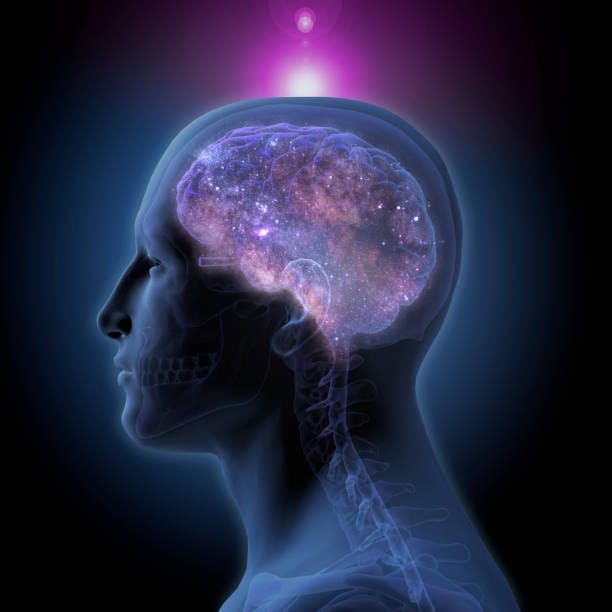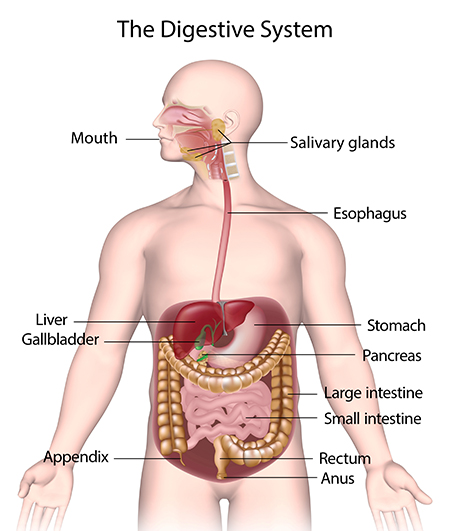Since the dawn of civilization, humans have dreamed of becoming smarter—not just gaining knowledge, but actually increasing the brain’s raw capacity to think, reason, and create. Ancient scholars sought wisdom through philosophy, meditation, and the study of the stars. Warriors trained their minds for strategy as much as their bodies for battle. From the Greek agora to the monasteries of Asia, people have always believed the mind could be cultivated like a fertile field.
But today, the question has taken on a sharper, more scientific edge. With brain imaging technology, cognitive psychology, and neuroscience at our disposal, we are no longer just guessing at what might make us smarter—we can now peer into the brain’s living machinery, measure its growth, and even manipulate it. The question is no longer merely “Can you train your brain?” but “How much can you change it, and where are the limits?”
To answer this, we need to explore what “smarter” even means, how intelligence works, and what science reveals about the mind’s potential for transformation.
Defining Intelligence in a Tangled World
Before we can talk about training the brain, we have to ask: What exactly is intelligence? For centuries, scholars tried to pin it down as a single measurable trait—an ability to reason, learn quickly, and solve problems. The IQ test, invented in the early 20th century, was designed to quantify this mysterious capacity with a single number.
But intelligence is not so easily bottled. Modern research shows it has many facets—logical reasoning, verbal fluency, working memory, spatial awareness, emotional understanding, and creative problem-solving, to name a few. A mathematician, an artist, and a diplomat may all be “smart” in different ways, yet their abilities draw on different neural circuits.
Neuroscientists often speak of two broad kinds of intelligence: fluid intelligence, the ability to think flexibly and solve new problems, and crystallized intelligence, the store of knowledge and skills we accumulate over time. Fluid intelligence is like the brain’s raw processing power, while crystallized intelligence is the hard drive of facts, concepts, and experiences.
This distinction is critical because it shapes the challenge: Crystallized intelligence can certainly be increased—you can always learn more facts, master more skills. But fluid intelligence was long thought to be fixed in adulthood, determined mostly by genetics. That belief, however, is being challenged in fascinating ways.
The Brain That Builds Itself
The greatest revolution in understanding human intelligence came with the discovery of neuroplasticity—the brain’s ability to reorganize itself by forming new neural connections throughout life. For decades, scientists believed that the brain was largely static after childhood, its pathways set like hardened cement. Now we know it is more like a dynamic city—roads can be rerouted, new bridges built, and old neighborhoods revitalized.
Neuroplasticity happens when you learn something new, repeat it, and reinforce it. The brain’s billions of neurons communicate through trillions of synapses, and each time a connection is used, it becomes stronger—“neurons that fire together, wire together,” as neuroscientist Donald Hebb put it. This principle applies to everything from learning a language to improving memory to refining creative thought.
What’s remarkable is that this adaptability applies even to areas traditionally associated with raw intelligence, like working memory, abstract reasoning, and pattern recognition. This means that with the right kinds of training, we can indeed enhance aspects of what it means to be “smart.”
The Science of Cognitive Training
In the past two decades, researchers have tested whether targeted exercises can improve mental abilities. One famous study in 2008 by Susanne Jaeggi and colleagues at the University of Michigan suggested that training working memory—our mental scratchpad—could improve fluid intelligence itself. Participants played a demanding memory game known as the dual n-back task, where they had to track patterns of shapes and sounds over time. Those who trained for several weeks showed measurable gains in reasoning ability.
These results sparked excitement and a wave of “brain training” programs, from commercial apps to specialized cognitive rehabilitation for patients. However, subsequent research revealed a more complex picture. Some studies found that training improved performance only on the practiced tasks, not on broader measures of intelligence—a phenomenon called “near transfer” without “far transfer.”
In other words, just because you get better at one memory game doesn’t mean you’ll automatically do better at solving unrelated problems. Yet the door wasn’t closed. Other evidence suggests that certain kinds of mental and lifestyle challenges do produce far-reaching benefits, especially when they engage multiple brain systems and are sustained over time.
Building the Brain Through Learning
If there is one truth about intelligence, it is this: Learning changes the brain. But not all learning is equal when it comes to boosting cognitive power.
Challenging, novel, and varied experiences seem to have the greatest effect on building mental capacity. Learning a new language, for example, strengthens areas of the brain related to memory, auditory processing, and attention. Playing a musical instrument develops coordination between both hemispheres of the brain, as well as enhancing pattern recognition and creativity. Even complex hobbies like chess or advanced mathematics foster strategic thinking and working memory.
The key is complexity and novelty. Repeating a familiar routine, no matter how skilled you become, does little to expand your mental horizons. But placing yourself in situations that force your brain to adapt—to process new kinds of information, form new connections, and solve unfamiliar problems—stimulates growth.
The Role of the Body in Sharpening the Mind
It might seem that training the brain is purely a mental exercise, but science paints a different picture: The body is deeply intertwined with cognitive function. Physical exercise, especially aerobic activity, has been shown to increase blood flow to the brain, promote the growth of new neurons in the hippocampus (a region crucial for memory), and enhance mood and focus.
Regular exercise doesn’t just make you healthier—it can make you think better. A 2013 study in Frontiers in Aging Neuroscience found that older adults who engaged in consistent aerobic activity performed better on executive function tasks, which involve planning, decision-making, and multitasking. Even short bouts of activity can sharpen attention and memory in the hours afterward.
Nutrition also matters. The brain thrives on a steady supply of glucose, healthy fats, and micronutrients. Diets rich in omega-3 fatty acids, antioxidants, and vitamins support neural health, while excessive sugar, processed foods, and trans fats can impair it. Hydration is equally critical—dehydration, even mild, can reduce attention and short-term memory.
Emotional Intelligence and the Social Brain
Intelligence is not just about solving equations or memorizing facts—it’s also about understanding people, reading emotions, and navigating complex social situations. Emotional intelligence (EQ), popularized by psychologist Daniel Goleman, is increasingly recognized as a vital component of real-world success.
The good news is that EQ, like other forms of intelligence, can be trained. Practices such as mindfulness meditation enhance self-awareness and self-regulation, while active listening and empathy exercises improve our ability to connect with others. Social interaction itself is a form of mental training: Conversations, debates, and collaborative projects force the brain to process multiple layers of information at once, from verbal content to body language to emotional cues.
The social brain, honed over millions of years of human evolution, thrives on such interactions. Isolation, by contrast, can erode cognitive sharpness over time—a fact supported by studies linking social engagement with reduced risk of dementia in later life.
The Limits of Brain Training
For all the excitement around enhancing intelligence, it’s important to recognize the limits. Genetics plays a significant role in baseline cognitive ability, and while environment and training can stretch that capacity, they may not completely rewrite it. Moreover, the brain has a kind of “use it or lose it” economy: Gains from training can fade if not maintained through continued mental challenge.
There’s also the issue of trade-offs. The brain has finite time and energy, and intense training in one domain can sometimes come at the cost of others. For example, becoming an exceptional chess player may require thousands of hours of practice, which may not directly translate into better skills in unrelated areas.
A Lifelong Project
If there’s one thing the science makes clear, it’s that mental growth is not a one-time event but a lifelong process. The brain is a living organ that thrives when nourished with challenge, novelty, social connection, and physical care. You may not be able to transform yourself into a genius overnight, but you can absolutely become a sharper, more capable, more creative thinker than you are today.
And perhaps that is the deeper meaning of the question “Can you train your brain to be smarter?” The answer is yes—but not in the simplistic, app-driven way often sold to us. It’s about living in a way that continually stretches the mind, embracing discomfort, curiosity, and the joy of learning. It’s about weaving together body, mind, and emotion into a life that challenges and fulfills you.
The Ever-Expanding Mind
In the end, intelligence is not just a number or a score—it is a dynamic dance between biology and experience, between the world we are given and the one we create through our choices. Every conversation, every book, every problem wrestled with, every new skill attempted, sends ripples through the neural web that is uniquely ours.
We may never reach the mythical “100% brain power” of science fiction, but we can cultivate our minds far beyond the limits we assume. The capacity for growth is written into our neurons, waiting for us to act.
Your brain is not a fixed object—it is a living landscape. And like any landscape, it can be shaped, tended, and made to flourish. The question is: What will you choose to plant there?





